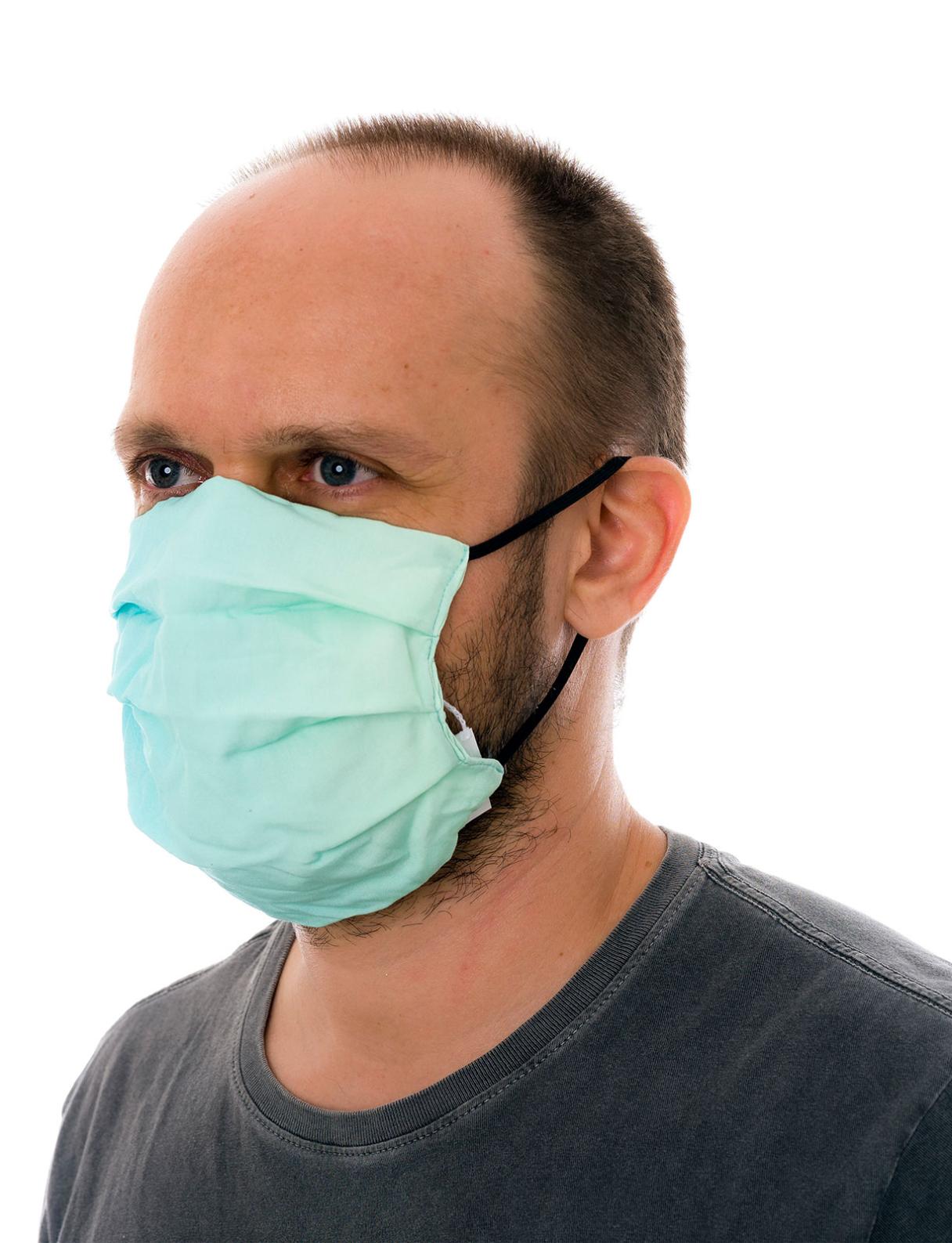How to Make a Face Mask at Home: A Step-by-Step Guide for Personal Protection
In the face of global health challenges, personal protection plays a crucial role in safeguarding our well-being and the well-being of our communities. Face masks have emerged as an essential tool in preventing the spread of infectious diseases, particularly during pandemics and outbreaks.

With the current situation demanding collective responsibility, homemade face masks offer a practical and accessible solution for individuals to contribute to their own protection and that of others. This article provides a comprehensive guide on how to make a face mask at home, ensuring proper coverage and effectiveness.
I. Materials Required:
- Fabric: Choose breathable materials like cotton, muslin, or other natural fibers that allow for easy breathing and comfort.
- Elastic or Ties: These will be used to secure the mask around the ears or head.
- Scissors: Sharp scissors for precise cutting of the fabric.
- Needle and Thread (if sewing): If you prefer a sewn mask, these items are necessary for stitching the fabric together.
II. Step-by-Step Instructions:
A. Preparation:
- Wash and Iron the Fabric: Ensure the fabric is clean and free of any impurities. Ironing helps smooth out wrinkles and creases.
- Cut the Fabric: Determine the desired shape and size of your face mask. Cut the fabric accordingly, allowing for seam allowances if you plan to sew the mask.
B. Sewing Method:
- Fold the Fabric: Fold the fabric in half lengthwise, with the right sides facing each other.
- Sew the Edges: Stitch the edges of the fabric together, leaving an opening at the top for inserting the elastic or ties.
- Fold and Sew the Top and Bottom Edges: Fold the top and bottom edges inward and sew them to create a casing for the elastic or ties.
C. No-Sew Method:
- Fold the Fabric: Fold the fabric in half lengthwise.
- Secure the Center: Secure the center of the folded fabric with a knot or hair tie.
- Attach Elastic or Ties: Cut two pieces of elastic or ties and attach them to the corners of the folded fabric.
D. Finishing Touches:
- Insert Elastic or Ties: Insert the elastic or ties through the casing and adjust them to fit comfortably around the ears or head.
- Ensure Proper Coverage: Make sure the mask covers the nose, mouth, and chin properly, with no gaps.
III. Additional Tips And Considerations:
- Choose Breathable Fabrics: Opt for fabrics that allow for easy breathing and prevent discomfort during prolonged use.
- Use Multiple Layers: Consider using multiple layers of fabric for increased protection and filtration efficiency.
- Wash the Face Mask Regularly: Maintain hygiene by washing the face mask regularly, especially after each use.
- Store the Face Mask Properly: When not in use, store the face mask in a clean and dry place to prevent contamination.
Homemade face masks play a vital role in personal protection, especially during times of heightened health risks. By taking the initiative to make your own face mask, you contribute to your own well-being and demonstrate collective responsibility in combating the spread of infections. Together, we can create a safer and healthier environment for ourselves and our communities.
YesNo

Leave a Reply